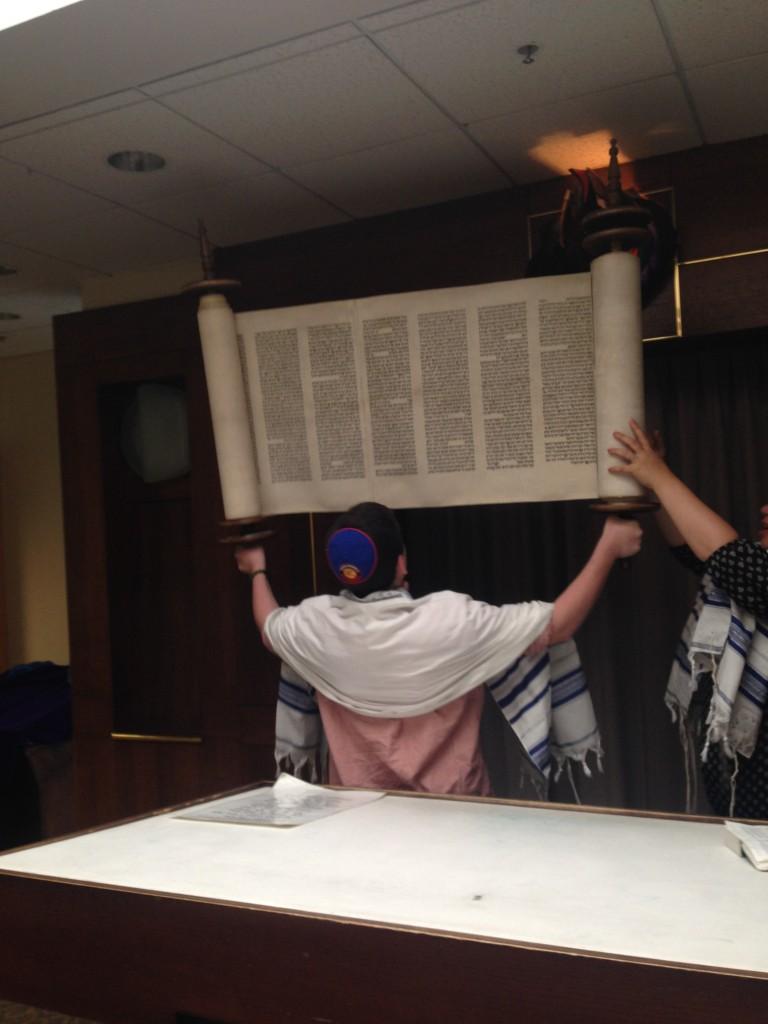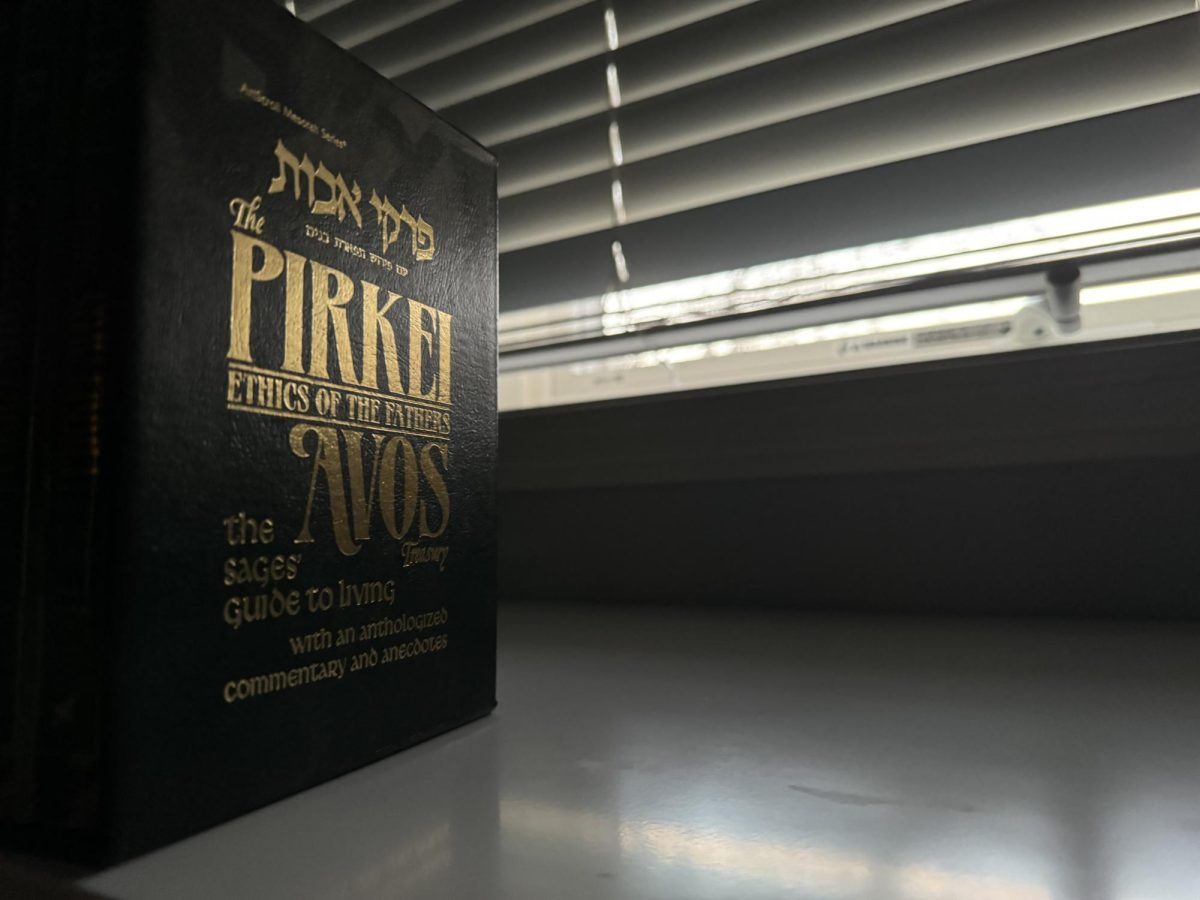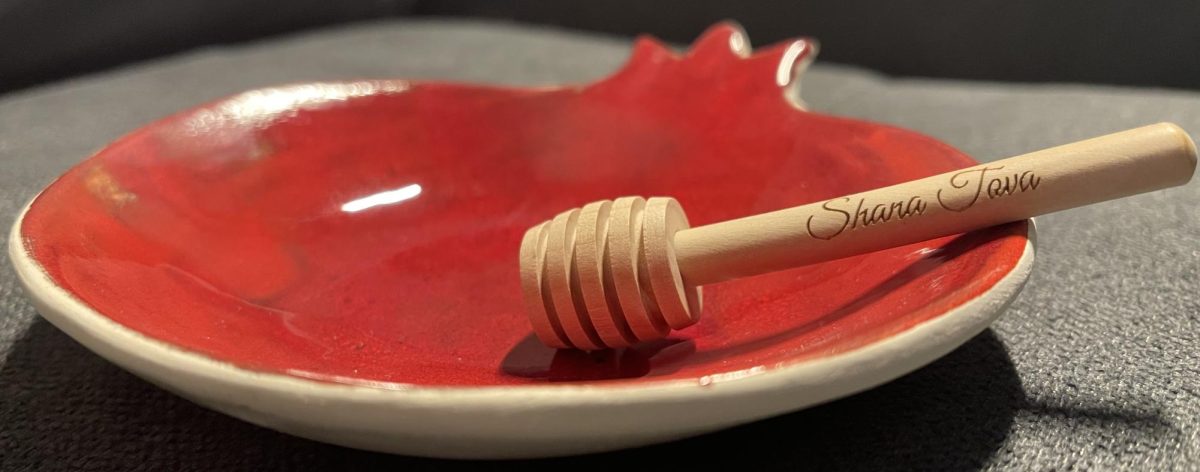Is Judaism a Sexist Religion? Exploring the Kippah, Tallit, and Tefillin
December 8, 2022
Why is it a mitzvah for Jewish men to wear tallises, kippahs, and tefillin, yet these practices are not only not a requirement for women, but highly discouraged (at least by most of Orthodox Judaism)? Are these customs evidence of a patriarchy, or is there a different reason for these customs that we are all missing?
First, let’s start with tallises and tefillin, and the reason why women are exempt from wearing them in the first place. There is a general principle that women are exempt from positive time-bound commandments. A positive commandment is a commandment that tells us to do something, and a negative commandment is a commandment that tells us not to do something. “Time-bound” means that the commandment has a certain time frame during which it is to be fulfilled.
According to Rabbi Yehuda Shurpin writing for Chabad.org, the basic reason women are exempt from these commandments is because women typically have more important responsibilities such as taking care of their family.

However, he explains that there are deeper reasons too. The reason for wearing tzitzit and tefillin is to remind the wearer of G-d and the Torah. Regarding tzitzit, it says in Bamidbar 15:39, “This shall be fringes [tzitzit] for you, and when you see it, you will remember all the commandments of the Lord to perform them, and you shall not wander after your hearts and after your eyes after which you are going astray.”
Similar logic is stated in the Torah with regard to wearing tefillin. Although Kippahs are only a custom, they are also worn as a reminder that G-d is above.
Women, unlike men, simply do not need these reminders.
There is a positive time-bound commandment in the Torah to wear tzitzit. According to Chabad.org, tzitzit are “fringes” to be attached to any four-cornered garment worn during the day. Since our garments today typically do not have exactly four corners, a tallit kattan (“small tallis”) is worn under one’s clothing and a tallit gadol (“big tallis”) is worn during prayer in order to fulfill the commandment of tzitzit.
The commandment of tzitzit is a positive commandment in the Torah, and it applies only during the day. This would make it a positive time-bound commandment, and therefore women are exempt from it.
Tefillin, too, fulfills this criteria. Chabad.org explains that tefillin (or “phylacteries” in English) are black leather boxes with scriptural verses inside. One of these boxes goes on the head while the other goes on the arm. Both are wrapped around the wearer with leather straps.
Concerning why women don’t wear kippahs, Rabbi Aron Moss says, “A woman is more sensitive to what is holy and sublime and therefore doesn’t need as many rituals to express her soul-connection.”

He also says, “But in the end, it [the kippah] is a sign of weakness… [a]ccording to Kabbalah, the feminine soul is more in tune with these things and therefore doesn’t need something so superficial to remind her of her innate connection with G-d.”
In a response concerning tallises and whether or not they are appropriate for women on Chabad.org, the author writes, “To evaluate a woman based on her ability to ‘do whatever a man can,’ is to dishonor womanhood.”
From multiple sources, we see that perhaps these three mitzvot are not patriarchal at all, and indeed just the opposite: They can be seen as proof of women’s superior spiritual status. The reason women are not obligated in these mitzvot is literally because they do not need them; they are already at the level of spirituality that men must wear various garments and work hard to attain.
Returning to the original question of: “Is Judaism sexist?,” the answer, I believe, is no. I will not deny that in the past and even in the Talmud, there are many discussions that today would be immediately flagged as sexist. The Talmud was written many hundreds of years ago, so it makes sense that there are discussions in it that would be frowned upon by contemporary society. Yet this cannot be a reason to dismiss Judaism as sexist.
These discussions merely reflect the time during which they occurred. Even in these times, the Rabbis understood the superior spiritual status of women. This is evidenced by the laws of tallises, kippahs, and tefillin.
Judaism, I believe, does not discriminate against women. It merely differentiates between women and men. Women are not inferior to men, they are different. In a way, perhaps they are even superior. With this, Kabbalah itself agrees.
















































































